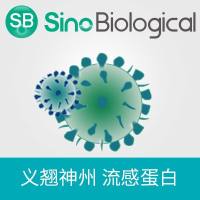Despite the current availability of an impressive in vitro assay battery developed to quantitatively analyze the broad panel of small compounds and macromolecules that possess the inflammatory potential, little methodology exists nowadays that affords a researcher or clinician to quantify the ultimate output on the level of cell signaling response caused by inflammatory pathway stimulation. As a matter of fact, majority of analytical tools measure bona fide inflammatory substances (e.g., cytokines or chemokines) by their direct binding to secondary reagents such as specific antibodies or other selectively affine substrates with the final readout generated via quantification of the resulting complexes. Although specific and highly reproducible, this approach provides no discrimination between biologically active versus inactive input analyte nor does it address the differential biological potential for the questioned substances related to their in vivo stability and biodistribution. In a search for alternative solutions, a novel strategy is emerging that employs cell-based methods of inflammatory substance measurements allowing to detect and quantify the downstream effects of analyte's activity translated in terms of inflammatory pathways stimulation. In addition, application of cell based assays simultaneously permits entry level evaluation of compound toxicity and endows with a powerful approach to perform high-throughput screenings of, e.g., small molecule libraries in a quest for novel compounds capable of influencing the inflammation process.






